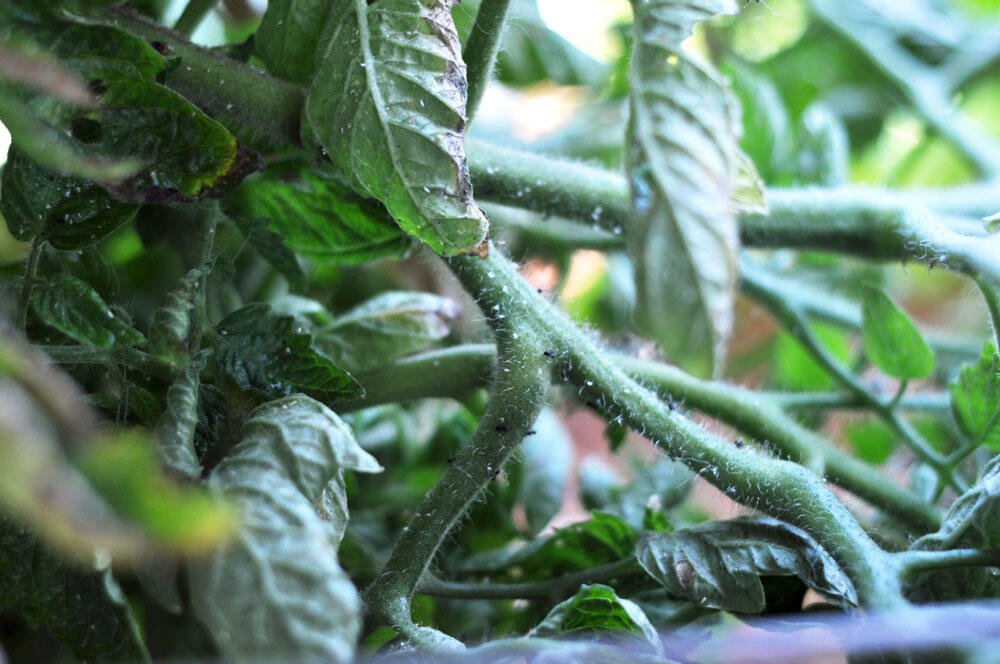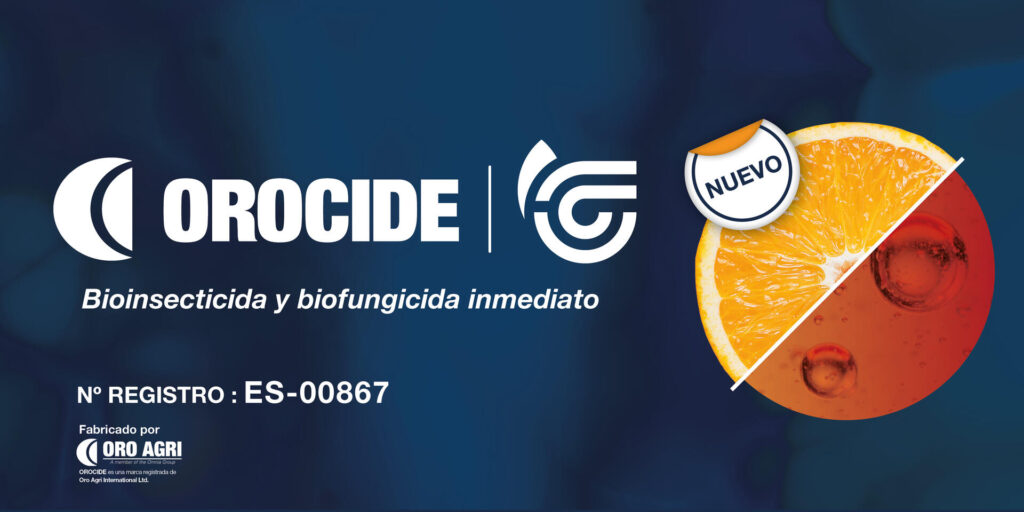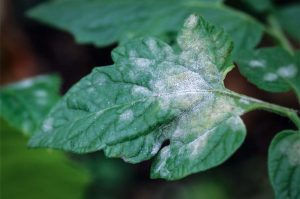The whitefly is one of the pests that causes the most damage to the tomato in Spain. It belongs to the Aleyrodidae family, where there are more than 1,500 species, such as Bemisia tabaci and Trialeurodes vaporariorum.
These are homopterous insects with a mouth-sucking mouth apparatus that feed on the sap of the plants and that can cause great damage to it and thus also affect the quality of the fruit.
Next, we review the essential information that we must know to avoid this pest and try to minimize its damage:
- Cycle of the plague
The eggs are deposited on the underside of the leaves and with the arrival of spring and the increase in temperatures they begin to hatch. The first instar larvae will emerge from them. These have legs and can move around the blade but are usually fixed in areas close to the laying site. After the molt takes place, already immobile second instar larvae will be generated and will pass to the third and fourth instar as they grow.
Finally, an adult with wings will come out of the fourth stadium who can move to other plants. This entire process could occur in up to 30-40 days, depending on environmental conditions.
- What damage does it cause?
They can cause significant direct and indirect damage:
- Direct: As they are sucking insects, they feed on the sap of the plant, weakening it and preventing its normal functioning. Thus, fewer fruits will be obtained and they will be of poorer quality.
- Indirect: By being able to move between different plants, they can transmit diseases such as tomato yellow curly virus (TYLCV), tomato chlorosis virus (ToCV) or irregular tomato maturity (IRR).
They can also cause damage with the molasses they secrete since they favor the development of fungi (such as bold) and bacteria on the plant and fruit.
- How can we detect it?
As we have previously mentioned, the whitefly is a sucking insect and, therefore, we will find it on the underside of the leaves because it is where it feeds most easily since it is there where the stomata that carry out the gas exchange of the plant and the cell wall is thinner.
- How do we deal with it?
The main thing will always be the prevention and the correct management of our plot. Some useful tips would be.
- Maintain adequate watering according to weather conditions.
- Avoid excess subscriber.
- Favor the biodiversity of the plot / greenhouse and thus allow the appearance of natural predators.
An essential aspect will be that we observe the back of the leaves every few days to detect their appearance as soon as possible.
If, despite having implemented these measures, the whitefly population becomes uncontrolled, we must use a specific treatment.
From Idai Nature, as experts in biocontrol, we propose the use of OROCIDE (Registration number: ES-00867) as a natural solution, formulated from orange oil, for its effectiveness against this pest and because it does not create resistance.











